
An utterly subjective, entirely unnecessary series of lists that remains nonetheless fun to read and write. I hope to update these regularly as tastes change and as I discover new and existing artists.
1960s

1) 2001: A Space Odyssey (Dir. Stanley Kubrick, United States/United Kingdom, 1968)
Kubrick’s sci-fi epic is both philosophically dense in its existential quandaries and exquisitely technically accomplished in its obsessively controlled set pieces, stunning visual effects, and symphony of perfectly employed classical compositions.
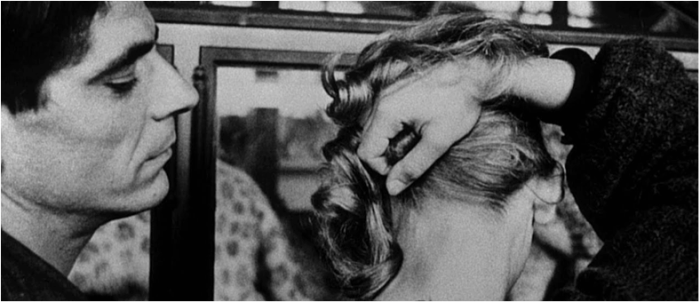
2) La jetée (Dir. Chris Marker, France, 1962)
A stunning collage of still photographs – with the notable exception of one breathtaking clip of footage – that explores the very nature of time itself in its alternate take on that well-trodden sci-fi trope of time travel.
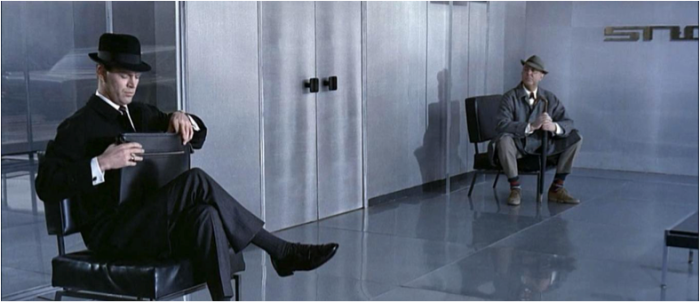
3) Playtime (Dir. Jacques Tati, France, 1967)
Tati’s grand-scale treatise on twentieth-century modernity is rewardingly ambitious, quietly hilarious, remarkably prescient, and a technical wonder to behold with its impressive sets and re-creations of the concrete playground that is today’s urban sprawl.

4) Andrei Rublev (Dir. Andrei Tarkovsky, Soviet Union, 1966)
Tarkovsky uses the decades-spanning story of one of history’s renowned iconographers to dissect Christian spirituality, explore the depravity and potential good of humankind, and comment on his own nation’s recent past in spectacularly cinematic fashion.

5) Psycho (Dir. Alfred Hitchcock, United States, 1960)
Hitchcock solidified his unshakable reputation with this master class of suspense and genuine terror that famously features bold narrative decisions that consistently upend viewer expectations.

6) My Night at Maud’s (Dir. Eric Rohmer, France, 1969)
Unlike any other filmmaker Rohmer spins compelling dramas from basic moral dilemmas, and his finest film is no exception; heady dialogue, serious philosophizing, and believable character development combine for one captivating watch.
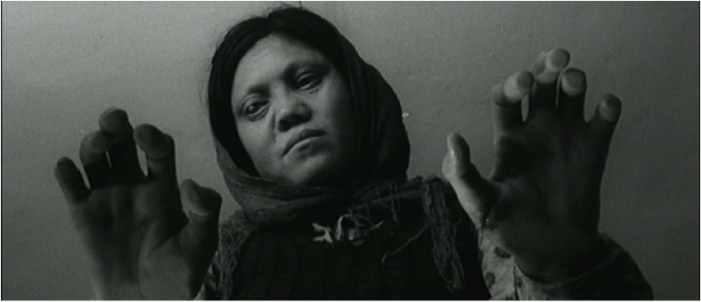
7) The House Is Black (Dir. Forough Farrokhzad, Iran, 1962)
A brief, yet deeply profound and hugely influential documentary that contemplates the value of humanity as its camera sheds light on society’s leprosy-stricken outcasts.

8) Charulata (Dir. Satyajit Ray, India, 1964)
Ray’s heartfelt chamber drama succeeds on multiple levels: as a tender love story, a forward-thinking platform for the typically unheard voices of women, and an unexpectedly rich chronicle of a nation’s critical late-colonial days.
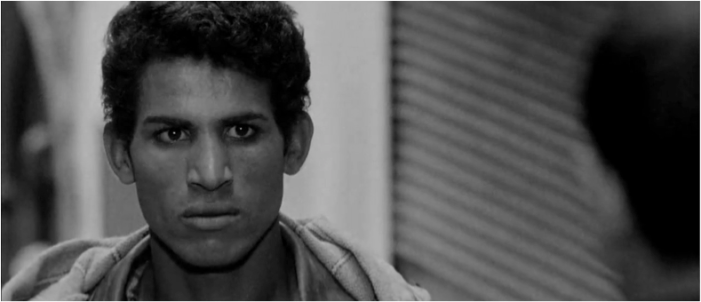
9) The Battle of Algiers (Dir. Gillo Pontecorvo, Italy/Algeria, 1966)
A visceral depiction of urban guerilla warfare and the high stakes of creating a post-colonial Africa that is riveting to watch in its brushes with action tropes and gut-wrenching in its suggestion of the great cost of freedom.
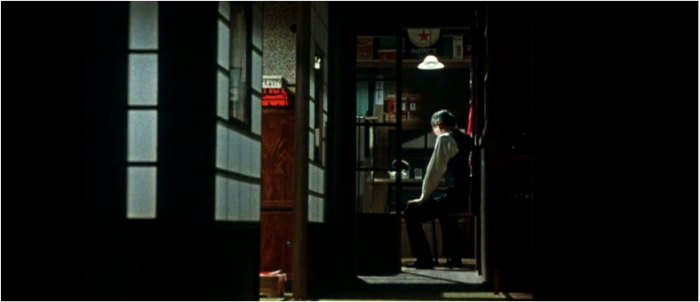
10) An Autumn Afternoon (Dir. Yasujiro Ozu, Japan, 1962)
The final work of one of cinema’s most enduring artists is fittingly one of the most poignant takes on his typical concerns of generational conflict, changing gender norms, and strained family relations set against the backdrop of postwar Japan.
Honorable Mention: 8 1/2 (Dir. Federico Fellini, Italy, 1963), L’Avventura (Dir. Michelangelo Antonioni, Italy, 1960), Cléo from 5 to 7 (Dir. Agnès Varda, France, 1962), Contempt (Dir. Jean-Luc Godard, France, 1963), The Exterminating Angel (Dir. Luis Buñuel, Mexico, 1962), Lawrence of Arabia (Dir. David Lean, United Kingdom, 1962), Symbiopsychotaxiplasm (Dir. William Greaves, United States, 1968)
1970s

1) Stalker (Dir. Andrei Tarkovsky, Soviet Union, 1979)
Tarkovsky’s greatest film is a grand-scale, multilayered meditation on art, faith, science, and humankind’s very existence dressed up in unconventional sci-fi tropes that delights in its own ambiguity.

2) Days of Heaven (Dir. Terrence Malick, United States, 1978)
A glorious realization of an as-yet-untamed America that offers breathtaking visuals and a deceptively simple allegory of humankind’s potential for both good and evil.

3) Jeanne Dielman, 23 quai du commerce, 1080 Bruxelles (Dir. Chantal Akerman, Belgium/France, 1975)
Akerman crafts one of the most captivating explorations of cinematic time and space in this unsettling tale of a woman’s rigid routine unspooling and careening toward disaster.

4) Killer of Sheep (Dir. Charles Burnett, United States, 1978)
A series of self-contained episodes of American city life strung together forms a compelling portrait of a nation as a whole refreshingly filtered through a distinctly African-American perspective.
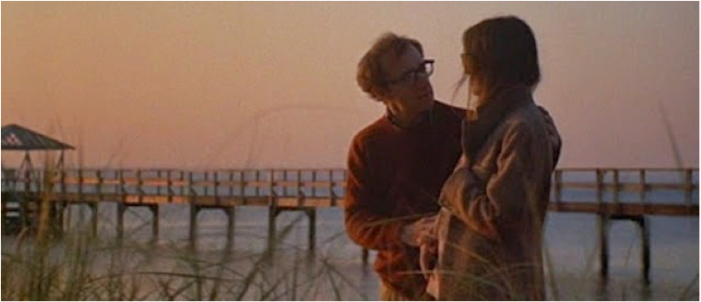
5) Annie Hall (Dir. Woody Allen, United States, 1977)
Woody Allen’s most popular film is also his best; at once a cleverly non-linear tale of one failed relationship and a persuasive endorsement for the necessity of all relationships.

6) Touki Bouki (Dir. Djibril Diop Mambéty, Senegal, 1973)
Influenced by its European predecessors, Mambéty’s singular work is still boldly stylistic and defiantly African in its point of view granting the world a glimpse of a rapidly changing, post-colonial nation in the story of one man’s journey.

7) Apocalypse Now (Dir. Francis Ford Coppola, United States, 1979)
The horrors of bloodshed and war are on full display in Coppola’s American classic that boasts a host of unforgettable set pieces that underscore some of humankind’s worst tendencies.

8) Taxi Driver (Dir. Martin Scorsese, United States, 1976)
Scorsese’s searing depiction of New York City’s seedy underbelly seen through the eyes of one unstable man with delusions of grandeur gave cinema one of its greatest characters.
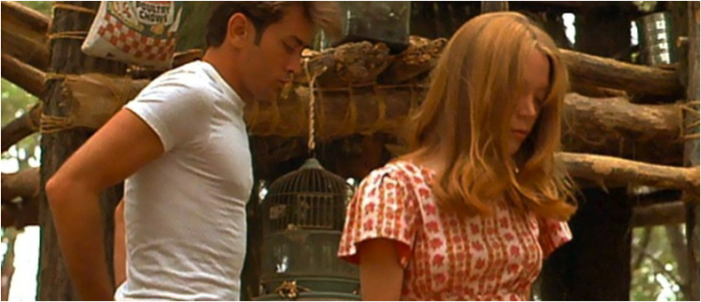
9) Badlands (Dir. Terrence Malick, United States, 1973)
The debut feature of one of the medium’s future masters is both an exemplar of the so-called New Hollywood movement and an announcement of an artist’s singular style that favors imagery over plot to tell stories.

10) The Spirit of the Beehive (Dir. Victor Erice, Spain, 1973)
Favoring gorgeous visuals rife with symbolic meaning over any traditional narrative thread, Erice’s first feature is a honey-glowing ode to childhood and a haunting portrait of a nation’s recent war-torn past.
Honorable Mention: Barry Lyndon (Dir. Stanley Kubrick, United States/United Kingdom, 1975), The Godfather (Dir. Francis Ford Coppola, United States, 1972), Nashville (Dir. Robert Altman, United States, 1975), Solaris (Dir. Andrei Tarkovsky, Soviet Union, 1972), A Touch of Zen (Dir. King Hu, Taiwan, 1971)
1980s
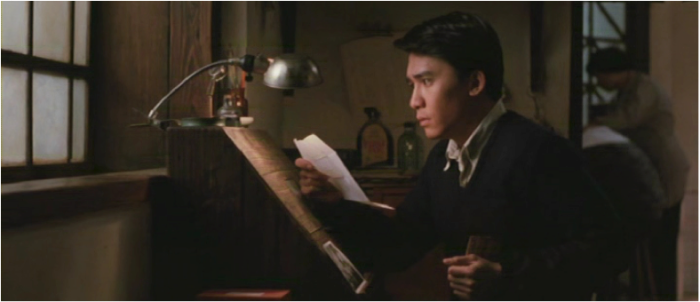
1) A City of Sadness (Dir. Hou Hsiao-hsien, Taiwan, 1989)
Hou’s greatest film offers one of cinema’s most challengingly elliptical narratives in a devastating family saga that provides a microcosm of an entire nation’s recent history.

2) The Green Ray (Dir. Eric Rohmer, France, 1986)
An earnest spirituality bubbles underneath the everyday lives of middle class Parisians as one individual seeks purpose and truth amidst debilitating societal pressures and norms.

3) The Sacrifice (Dir. Andrei Tarkovsky, Sweden, 1986)
The final film of one of cinema’s finest contemplatives is a fitting swansong with its complex meditation on humankind, profound spiritual allegory, and astounding visual grandeur.

4) My Neighbor Totoro (Dir. Hayao Miyazaki, Japan, 1988)
Simplicity marks both the narrative style and the very crux of this winsome tale enthralled by the beauty of uncomplicated rural life filtered through the unclouded eyes of children.

5) Distant Voices, Still Lives (Dir. Terence Davies, United Kingdom, 1988)
Davies’ impressionistic chronicle of a mid-century Liverpoolian family is gorgeously and tenderly realized and boasts a unique theatricality unseen in most films.

6) The Terrorizers (Dir. Edward Yang, Taiwan, 1986)
Intertwining webs of strangers who collide in unexpected ways, Yang’s fractured and challenging film predicted the onslaught of network narrative films for years to come and provides an apt metaphor for urban disconnection.

7) The Shining (Dir. Stanley Kubrick, United States, 1980)
Littered with fascinating continuity errors, Kubrick’s mighty film delivers bone-chilling terror, visually arresting set pieces, and serves as the basis for endless conspiracy theories to this day.

8) Where Is the Friend’s Home? (Dir. Abbas Kiarostami, Iran, 1987)
Kiarostami’s breakthrough finds the filmmaker turning a simple moral quandary into an unlikely race against time that launched one of the most exciting careers in the history of cinema.

9) Nostalghia (Dir. Andrei Tarkovsky, Italy, 1983)
The poetic and metaphorical flourishes of Tarkovsky’s challenging work are stretched to their limits in this satisfyingly oblique portrait of longing for one’s home.
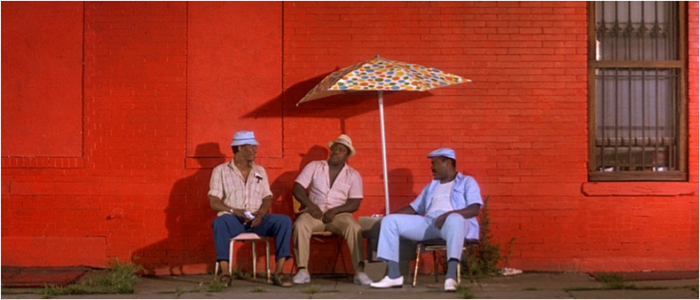
10) Do the Right Thing (Dir. Spike Lee, United States, 1989)
A scathing indictment of the festering open wound of American racism that demanded attention in its day with a refreshingly confrontational aesthetic but remains powerfully relevant today.
Honorable Mention: Crimes and Misdemeanors (Dir. Woody Allen, United States, 1989), Fanny and Alexander (Dir. Ingmar Bergman, Sweden, 1982), Ran (Dir. Akira Kurosawa, Japan, 1985), Sans Soleil (Dir. Chris Marker, France, 1983), Taipei Story (Dir. Edward Yang, Taiwan, 1985) The Thin Blue Line (Dir. Errol Morris, United States, 1988)
1990s
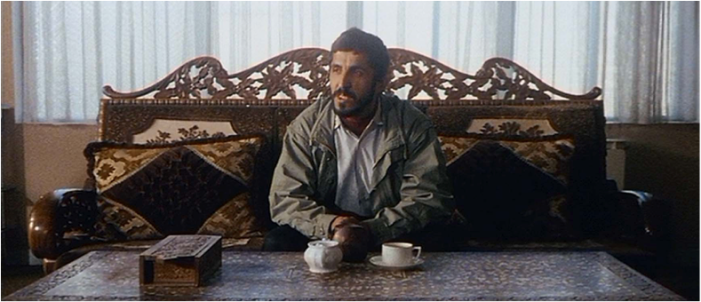
1) Close-Up (Dir. Abbas Kiarostami, Iran, 1990)
Kiarostami crafts one of cinema’s most captivating exercises in self-reflexivity as he perfects the risky hybrid of narrative fiction and documentary while brilliantly commenting on the essential nature of truth and the inherent falsity in recreation.

2) The Thin Red Line (Dir. Terrence Malick, United States, 1998)
Humankind’s propensity for violence is wondrously juxtaposed with the glorious beauty of the natural world and life itself in Malick’s welcome return to film after a twenty-year hiatus.

3) A Brighter Summer Day (Dir. Edward Yang, Taiwan, 1991)
Yang’s magnum opus bears a remarkable literary quality in its sheer scope and in its densely layered, character-driven narrative threads that form one of the most heartbreaking tragedies on innocence lost.
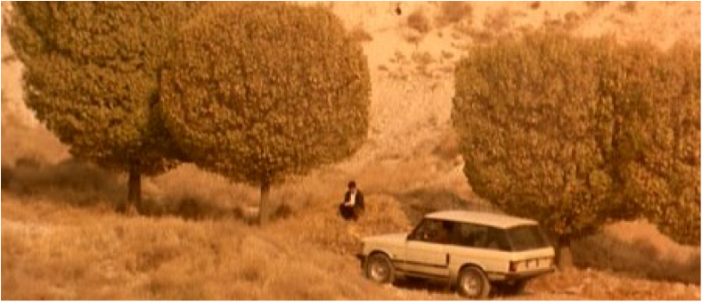
4) Taste of Cherry (Dir. Abbas Kiarostami, Iran, 1997)
In one of Kiarostami’s best films a man weighs the value of human life against his desire to end his own, and the filmmaker uses this premise to subtly affirm all life and further his career-spanning exploration of the line between fiction and reality.

5) Chungking Express (Dir. Wong Kar-wai, Hong Kong, 1994)
Everything is in motion in Wong’s early-career highlight – his camera, his characters, the bustling city around them – and here the visionary filmmaker hones his dazzling aesthetic that lends the film its effortless nineties cool and emotionally resonant core.

6) Raise the Red Lantern (Dir. Zhang Yimou, China, 1991)
Zhang’s eye for gorgeous set pieces and vibrant colors finally matches a solid narrative thrust with socio-political insight unseen in the rest of his stylish oeuvre.

7) The Wind Will Carry Us (Dir. Abbas Kiarostami, Iran, 1999)
Kiarostami caps off the most fruitful decade of his career with yet another meditation on life and death that also fosters an engaging dialogue on the urban/rural divide.

8) Flowers of Shanghai (Dir. Hou Hsiao-hsien, Taiwan, 1998)
For his best film of the decade, Hou commits to an intentionally restrictive, aesthetic formalism that serves to augment the hazy, dimly lit corridors of the intoxicating spaces his camera captures.

9) Safe (Dir. Todd Haynes, United States, 1995)
Haynes visualizes the comfort in homogeny and segregation in the life of one suburban homemaker, yet utilizes her bizarre downfall to comment on the vapidity of this sanitized existence.

10) A Moment of Innocence (Dir. Mohsen Makhmalbaf, Iran, 1996)
Makhmalbaf injects a warm personal touch to cinema’s ultimate exercise in meta-filmmaking, capping it all off with an unexpectedly poignant denouement to always choose life.
Honorable Mention: Beau travail (Dir. Claire Denis, France, 1999), Days of Being Wild (Dir. Wong Kar-wai, Hong Kong, 1991), Goodfellas (Dir. Martin Scorsese, United States, 1990), The Long Day Closes (Dir. Terence Davies, United Kingdom, 1992), Through the Olive Trees (Dir. Abbas Kiarostami, Iran, 1994)
2000s

1) In the Mood for Love (Dir. Wong Kar-wai, Hong Kong, 2000)
If film is defined as art in motion – a holy union of story, image, and sound – then Wong’s best film stands as one of cinema’s greatest achievements.

2) Syndromes and a Century (Dir. Apichatpong Weerasethakul, Thailand, 2006)
Eschewing traditional storytelling, Weerasethakul utilizes the same actors and the same scene-setting premise to launch both halves – one set in a rural hospital, the other in a bustling urban medical center – to deliver a quiet, yet affecting meditation on the rural/urban divide.

3) The Headless Woman (Dir. Lucrecia Martel, Argentina, 2008)
Martel affixes her camera to the film’s subject, intensely studies her behavior and gestures, and draws metaphorical parallels to the fallout of her accident and her bourgeois privilege.

4) The New World (Dir. Terrence Malick, United States, 2005)
The blurring of images as they flash across the screen, sometimes for no more than a second or two, functions as a fitting visualization of Malick’s usual exploration of the intersection where humankind and its environment meet.

5) Yi Yi (Dir. Edward Yang, Taiwan, 2000)
Yang’s last film is a family saga in the vein of his and his contemporary Hou Hsiao-hsien’s early work that takes its time in weeding out the details of multiple characters’ lives that, taken together, paints a holistic portrait of a modern-day Taiwanese family.

6) Mulholland Drive (Dir. David Lynch, United States, 2001)
Thrillingly operating in a mode of absurdist dream logic, Lynch’s nightmarish depiction of the dream factory that is Hollywood as a horror show brilliantly subverts our expectations of what fame and fortune promise.
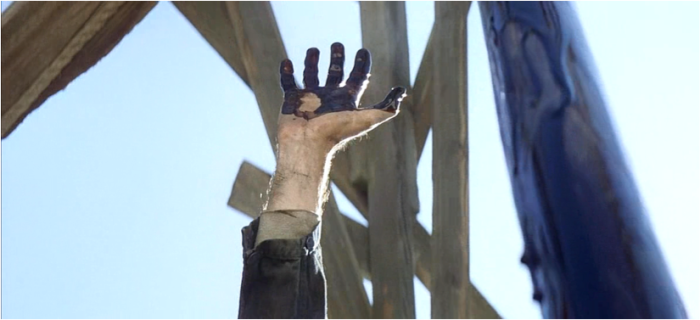
7) There Will Be Blood (Dir. Paul Thomas Anderson, United States, 2007)
Every frame is filled with metaphorical depth, and the ferocity with which Anderson builds his jaw-dropping set pieces serves to overturn the long-standing notion of American exceptionalism for an increasingly disillusioned age.

8) Flight of the Red Balloon (Dir. Hou Hsiao-hsien, France/Taiwan, 2007)
A delightful celebration of contemporary Parisian life filtered through the perspective of those whose stories are not often told, Hou’s film features urban portraits captured with tenderness as his camera bounces along like the film’s titular candy-colored orb.

9) The Intruder (Dir. Claire Denis, France, 2004)
Denis continues her intimate exploration of the human mind via a visual fixation on the human body accompanied by a rush of non-linear images that blur narrative reality and imagination.

10) Eternal Sunshine of the Spotless Mind (Dir. Michel Gondry, United States, 2004)
Gondry takes us on a whirlwind trip through the mind and through memory, and in the end makes a convincing case that relationships are essential to life despite their inevitable difficulties.
Honorable Mention: See full list here.
2010s

1) The Tree of Life (Dir. Terrence Malick, United States, 2011)
Malick recreates the spectacle of the beginning of life itself, tenderly portrays one insignificant family as they grapple with life’s curveballs, questions the existence of God, and makes a convincing case for espousing grace and love in the face of hardship with the promise of beauty.

2) Zama (Dir. Lucrecia Martel, Argentina, 2017)
Martel delivers a faithful adaptation of an unsung masterwork of twentieth century literature and yet fittingly recasts the author’s narrative in her own modern, socially conscious vision.

3) The Assassin (Dir. Hou Hsiao-hsien, Taiwan, 2015)
A testament to the mastery of the cinematic medium, Hou’s late-career masterpiece delivers another astounding example of his signature elliptical storytelling while relishing in the visual pleasures he creates.

4) Certified Copy (Dir. Abbas Kiarostami, Iran/Italy, 2010)
Kiarostami wonders if a replica, a copy, a piece of art has any intrinsic value in itself when compared to its original as he masterfully applies this notion to even human relationships.

5) Uncle Boonmee Who Can Recall His Past Lives (Dir. Apichatpong Weerasethakul, Thailand, 2010)
Weerasethakul builds on his fascination with dualities to present a beguiling reverie on the fragile line between life and death while incorporating elements of countryside fables and his typical head-scratching sequences.

6) Cameraperson (Dir. Kirsten Johnson, United States, 2016)
Culled from leftover footage from films Johnson worked on as cinematographer, her film is a work of indelible images and an unusually personal memoir with the camera pointed at everyone but her.

7) Closed Curtain (Dir. Jafar Panahi, Iran, 2013)
Blurring the line between narrative fiction and factual anecdote, Panahi risks self-indulgence as he blows apart traditional narration to explore his own troubled psyche.

8) Toni Erdmann (Dir. Maren Ade, Germany, 2016)
Ade’s carefully staged and exhaustively rehearsed film is a gross-out comedy, a touching father-daughter drama, and/or an effective commentary on the fallout of our post-globalized world, depending on how you look at it.

9) Parasite (Dir. Bong Joon-ho, South Korea, 2019)
Bong’s film sheds light on crushing poverty and its consequences in modern South Korea, but his ambiguous social critique is couched in one of the most gripping narratives of any movie this decade.
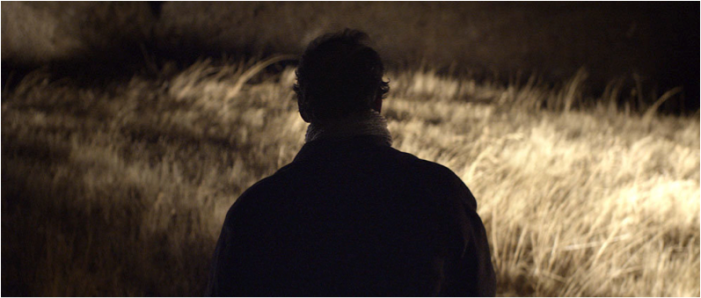
10) Once Upon a Time in Anatolia (Dir. Nuri Bilge Ceylan, Turkey, 2011)
Ceylan wraps his contemplative cinema in compelling genre trappings (an ambiguous murder investigation) and unexpected moments of deft humor.